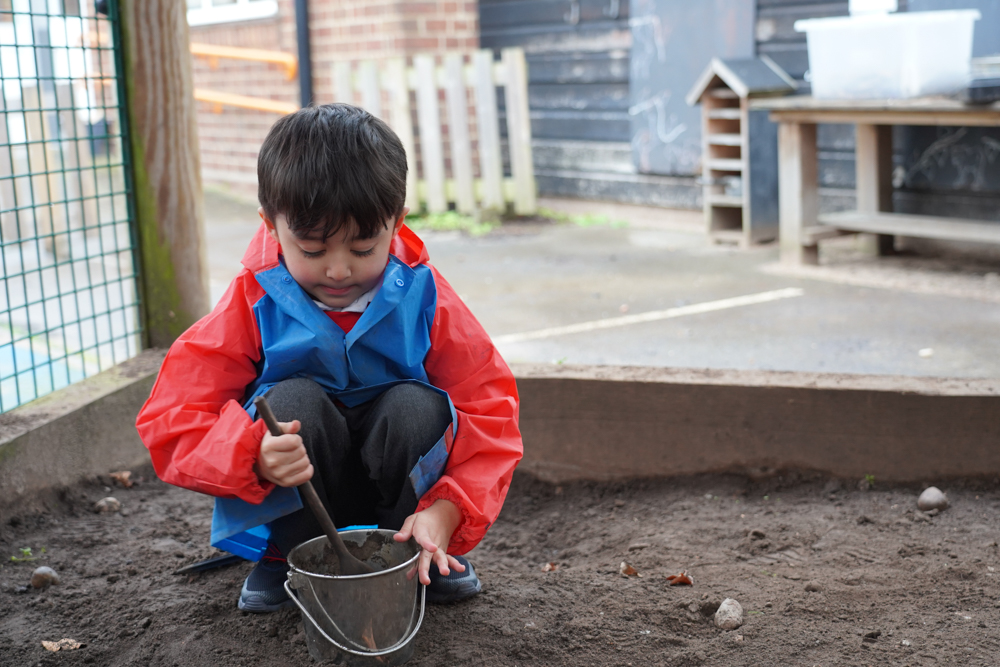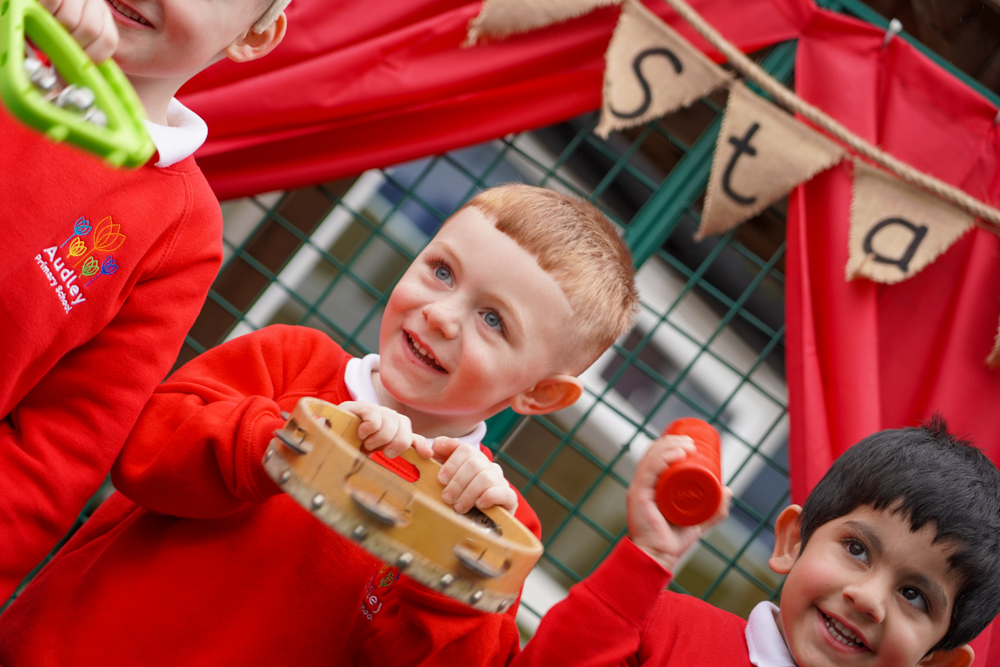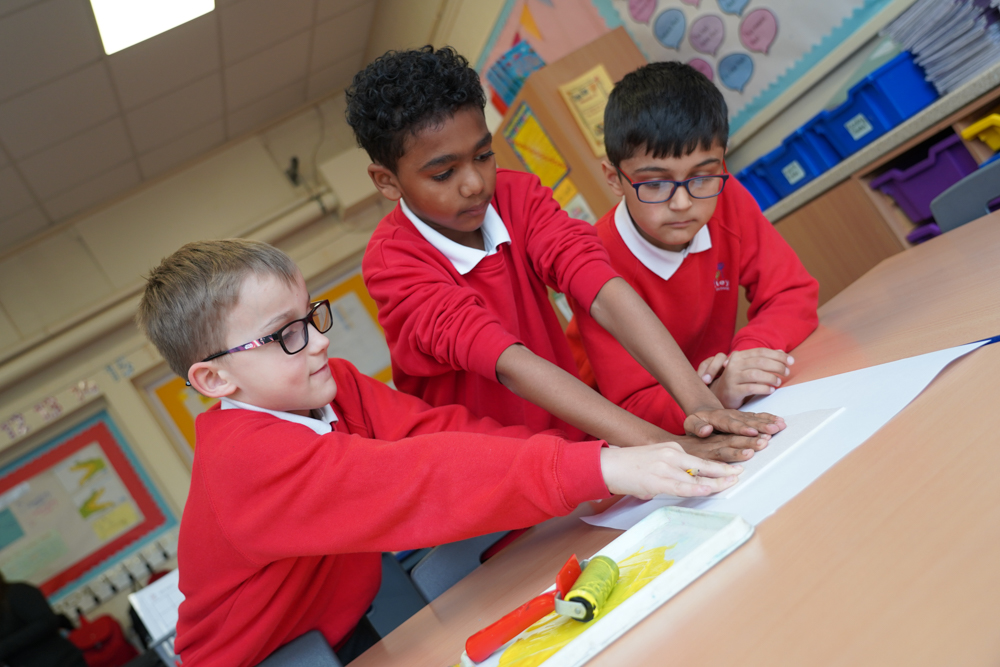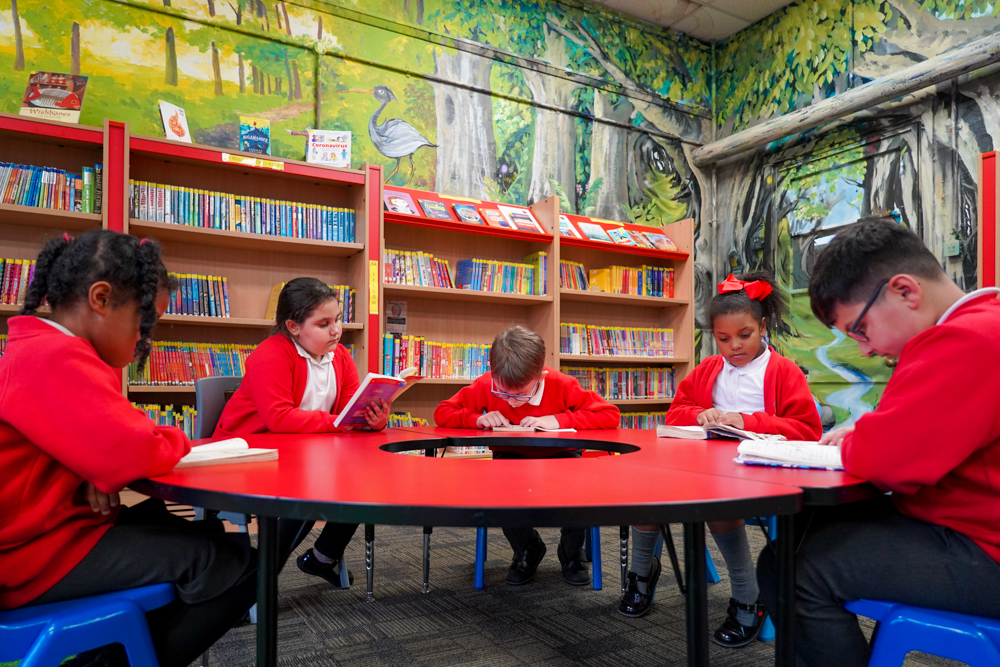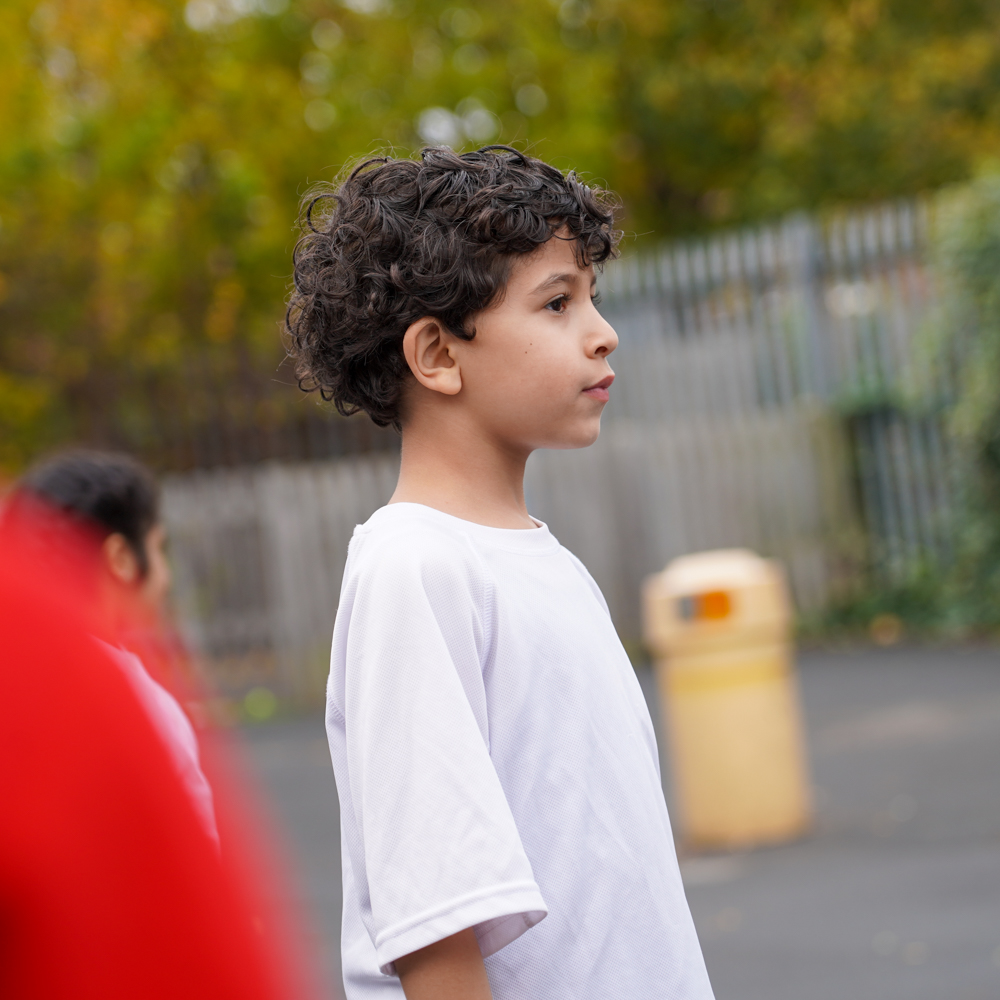When studying games, pupils bring together knowledge and understanding from the units within dance, gymnastics and multi-skills. Striking and hitting, throwing and catching, travelling with a ball, passing with a ball, possession, using space, attacking and defending tactics and rules are built upon further in this unit. Pupils in year 1 will primarily focus on using the hitting skills in a game, practising basic striking, sending and receiving. Pupils will continue to learn how to throw a ball overarm and underarm, to catch, bounce and roll a ball. Pupils will learn how to travel in different directions, using prerequisite knowledge from the dance and gymnastic units and build on this to travel side to side with a ball and incorporate speed. Pupils will begin to use the term ‘attack and defend’ and use skills such as dodging to get past a defender and marking a player to defend. Pupils will learn simple rules to play games including team games. This knowledge is built upon in year 2 where pupils strike a ball with increasing control and learn new skills for playing striking and fielding games. Pupils will continue to build on previous knowledge and learning by throwing, catching and bouncing a ball with a partner. Pupils will develop hand-eye co-ordination and learn to dribble and pass the ball in different ways. Pupils will develop speed, following different pathways and courses.
In lower KS2, pupils will build on previous knowledge from year 1 and 2 to explore in more depth successful striking and hitting skills. Pupils will learn a range of skills in striking and fielding and develop knowledge skills for correct batting. Pupils will learn to demonstrate how to throw and catch with greater control and accuracy and practice the correct technique for catching a ball in a game. They will learn how to throw a ball in different ways and how to move with a ball in a game with some control. Newly acquired knowledge will be learnt in terms of possession, to know how to win back and keep possession of the ball in a game. Pupils will learn how to identify a space and get into it as part of a team using fielding skills to stop balls passing them. Pupils will understand and begin to apply the basic principles for invasion games and incorporate fairness.
This is then built on in more depth in upper KS2. Throughout these further units, pupils will gain a better understanding of striking and hitting, develop confidence in using a ball whilst travelling with speed and change in direction. They will learn how to choose and make the best pass within a game, to keep possession of the ball effectively and demonstrate a good awareness of space. Pupils will continue to learn and demonstrate how to think ahead and plan an attack or defence and work as part of a team to develop fielding strategies. Pupils will learn more complex rules in team games and communicate effectively to lead others.





